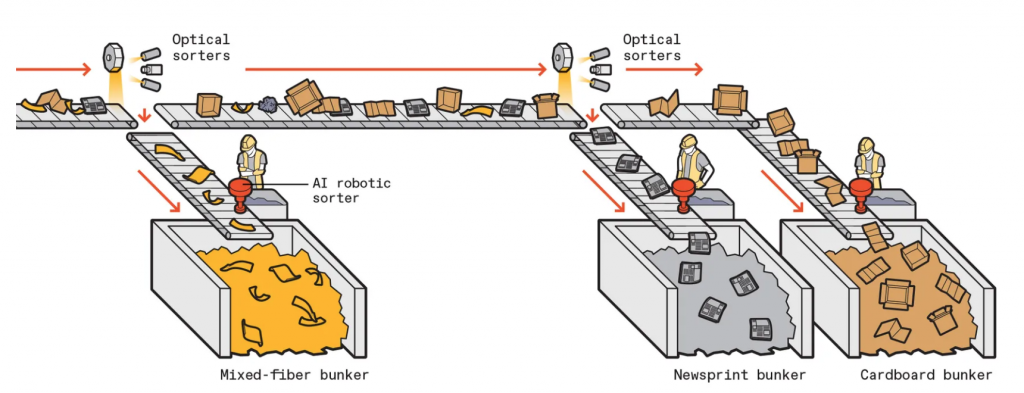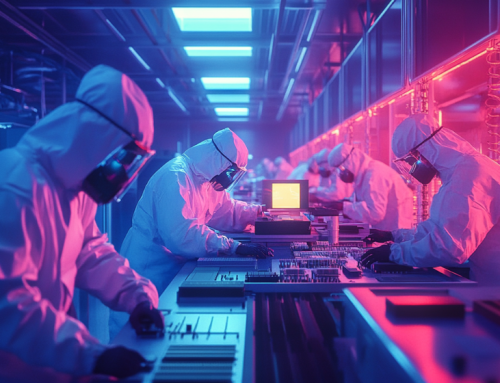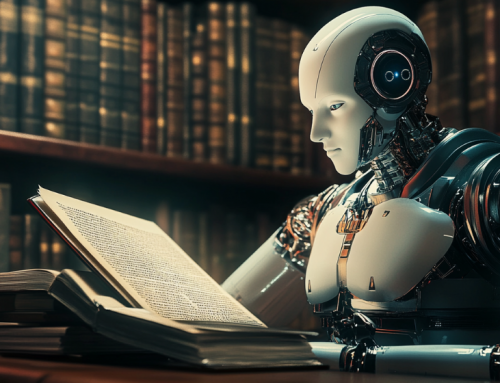
In the future, AI-driven robotic sorting systems and AI inspection systems could replace human workers at most points in this process.
Robotics Engineer Tackles New AI Challenge, Solves Environmental Headache
Jason Calaiaro is head of engineering for AMP Robotics. He has nearly 15 years of experience in robotics and autonomous systems. Calaiaro wrote a very detailed explanation of the history of sorting and disposing of home waste products for IEEE Spectrum. The trash we sort through at home and place in various colored trash bins is all well and good, but once it leaves your house, the problems begin for cities.
The truth about recycling in many parts of the United States and much of Europe is that not a lot of it is happening. Contents of recycling bins are dumped into a truck, and taken to the recycling facility to be sorted. While most of it will be processed and used in new products, a lot of it still ends up in a landfill.
So how much of the material that goes into the typical bin avoids a trip to a landfill? For countries that do curbside recycling, the number—called the recovery rate—appears to average around 70 to 90 percent, though widespread data isn’t available. That doesn’t seem bad. But in some municipalities, it can go as low as 40 percent.
So you can see the problem. The trash is too much for humans to sort. The only answer is to bring in robotic AI.
Calaiaro’s company, Amp Robotics, based in Louisville, Colo., is developing hardware and software that relies on image analysis to sort recyclables with greater accuracy and recovery rates than are typical for conventional systems. Other companies are similarly working to apply AI and robotics to recycling, including Bulk Handling Systems, Machinex, and Tomra. To date, the technology has been installed in hundreds of sorting facilities around the world. Expanding its use will prevent waste and help the environment by keeping recyclables out of landfills and making them easier to reprocess and reuse.
As we mentioned this is a fairly detailed article about waste and about the AI approach to sorting that Calaiaro is promoting.
Introducing AI to Sorting
By combining robotics with a well-trained neural network Calaiaro began with a company in Colorado. After years of hard work, he found some success.
The use of AI also means that cities can recover materials long ignored for economic reasons. Until now, it was only economically viable for facilities to pursue the most abundant, high-value items in the waste stream. But with machine-learning systems that do positive sorting on a wider variety of materials, they can start to capture a greater diversity of material at little or no overhead to the business.
Calaiaro has written a really well-researched and interesting article about something most people don’t think about more than once a week. AI sorting will be a huge benefit for the environment, create well-paying jobs and help protect the planet and everyone on it.
read more at spectrum.ieee.org







Leave A Comment